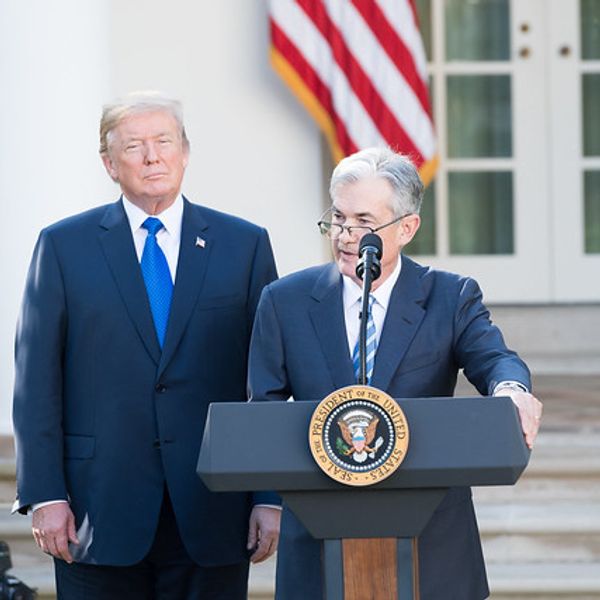Washington (AFP) – Secret pricing is making healthcare in the United States more expensive than ever, leading costs to triple in the past two decades, experts said Tuesday.
Overall, U.S. healthcare costs now account for nearly 18 percent of gross domestic product (GDP), twice the amount spent by Japan, Ireland and Sweden where people are generally healthier and live longer.
Ninety-one percent of U.S. healthcare cost increases since 2000 have been due to the price of doctor visits, drugs, devices and administrative costs, said the report in the Journal of the American Medical Association.
The findings contradict the widely held belief that an aging population and higher demand for medical treatment are causing health spending to rise, said study author Hamilton Moses.
“Price is the culprit,” he told reporters at a briefing in Washington. “Not population, demographics, or use and intensity.”
Moreover, many of these costs are unknown to the public and even doctors themselves until after the services have already been rendered, said Moses, an adjunct professor of neurology and former chief physician of The Johns Hopkins Hospital.
Often, prices are “completely invisible to you and to your doctors,” he said, noting that most are set by the federal government or negotiated confidentially with hospitals.
“This is not a market. It is far from a market,” said Moses. “Few prices are known. They are not well-publicized.”
Therefore, he added there is no way to say whether healthcare is overpriced.
“The only way to say that something is overpriced is to measure that against a cost standard or a market standard. Something is overpriced if people are not willing to pay for it. We know neither,” he said.
Other key drivers of the rise in costs are administrative fees incurred when doctors and hospitals seek payment from insurers and individuals. These fees are rising by six percent a year, the research found.
A better way would be to use reference pricing, a system that sets a level of reimbursement for a group of interchangeable medicines, he said.
Reference pricing is used in many European countries, including France, Denmark, Finland, Germany and Italy.
If the United States were to adopt this strategy, it is “likely to be quite effective, having been effective in other countries,” said Moses.
The study showed that U.S. healthcare expenditures were $2.7 trillion in 2011. Health’s proportion of GDP doubled between 1980 and 2011 to 17.9 percent.
Chronic illnesses made up 84 percent of costs overall, and again, contrary to widely held belief, they were not only chiefly among the elderly.
In fact, researchers found that 67 percent of health spendings was on chronic illnesses in people under 65.
“These 10 percent of patients use two-thirds of the dollars,” said Ezekiel Emanuel of the University of Pennsylvania Perelman School of Medicine.
“What is key to cost control in healthcare is transformation of how we deliver care, especially to the chronically ill,” which includes people with congestive heart failure, coronary artery disease, diabetes, asthma, arthritis and cancer, he said.
Shifting from the fee-for-service system to creating incentives for keeping people healthy through home care and services are some possibilities for the future, experts told reporters.
The health care reform law spearheaded by President Barack Obama aims to insure more Americans while containing health care costs, but Moses said the true effects of that plan will not be known for a decade or more.
“The problem for the health system — and having run a hospital for awhile I am very mindful of this — is the economic incentives are so embedded in units of work,” he said.
“A single operation, a single test, single encounter, a single radiographic procedure,” he added. “Unless those incentives are fundamentally changed to a much greater degree than is currently envisioned, I am somewhat pessimistic.”
Ezekiel however said he sees potential for Obamacare to lower prices by opening health insurance markets, known as exchanges, to the public.
“The exchanges are putting downward price pressure on insurance companies,” he said, since consumers will choose the lowest insurance premiums and cheapest out-of-pocket costs.








